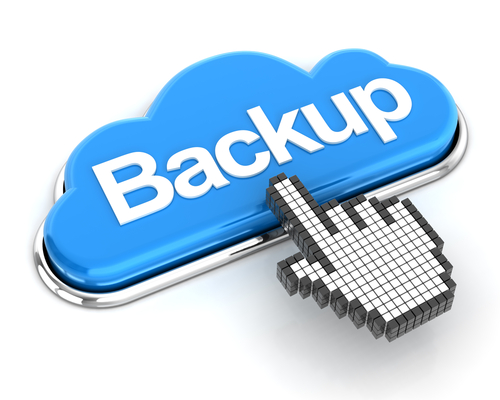 The need to have backups of your data is obvious. The key elements of what a backup should provide seems to be a little less obvious. Our clients and potential clients regularly ask us this question so we have written this article to explain what backups are all about.
The need to have backups of your data is obvious. The key elements of what a backup should provide seems to be a little less obvious. Our clients and potential clients regularly ask us this question so we have written this article to explain what backups are all about.
Some History
First a little history lesson explaining the way backups used to be performed. I am showing my age here, telling you that in the good old days backups were performed using tapes. Tapes provided a cheap medium to store bulk data and the tapes themselves could be taken away offsite. The tapes were strategically labelled Monday through to Thursday, then Friday 1, Friday 2, Friday 3 and Friday 4. This is called a rotation scheme. It’s important to stop and think about what these backup tapes actually provided us with at this point in time.
- We have all of our backed up data on a medium that can only be accessed by the person who is holding the tape and has access to the tape drive and server (the backup is secure).
- The backups were easily taken offsite so the live data and the backups were in two different locations.
- The rotation scheme of the tapes allowed us to go back to any day within a one month period (or longer).
- The tapes included a “System State” and “Rolling database tables/log” that allowed an environment to be rebuild as a complete system if everything was lost and/or roll back the data in a database.
What we see many people do
Many of the potential clients that we visit show us their backups being performed manually to a USB drive. This method does not even meet one of the above 4 criteria for an IT solution to be considered as a backup. Only when there is an IT disaster will someone using this method find that it falls well short of what is really required.
What a Backup Should Provide
There are four basic things that a backup should provide.
- A secure copy of your production data that is accessible to only those who need access.
- Your backup should be stored offsite, away from your production systems.
- The ability to go back to a point in time for at least one month or more.
- The ability to restore everything if all is lost.
Cloud Backups
Today, Cloud Backup allows us to perform backups in an efficient and cost effective manner. There is no longer a need to buy tapes or a tape drive or have someone manually deal with the backups. With a Cloud based backup, everything is automatic, encrypted (secure), offsite, provides the ability to go back to a point in time and most importantly can be “spun up in the cloud” at a moments notice if everything is lost. Apart from just providing a backup, Cloud Backup also provides the ability to mitigate IT Business Continuity issues and becomes part of a disaster recovery solution.
Once a cloud backup is in place, monitoring the outcome of each nights backup is the most important thing to consider. Like all automated processes, someone does need to ensure that backups are actually being performed successfully. Backups also need to be periodically tested to ensure they are sound. Your Managed Service Provider or IT department should should be responsible for these tasks.
If you require assistance please reach out to us. We can review what you have in place and confirm if all is well or if anything else should be considered.


